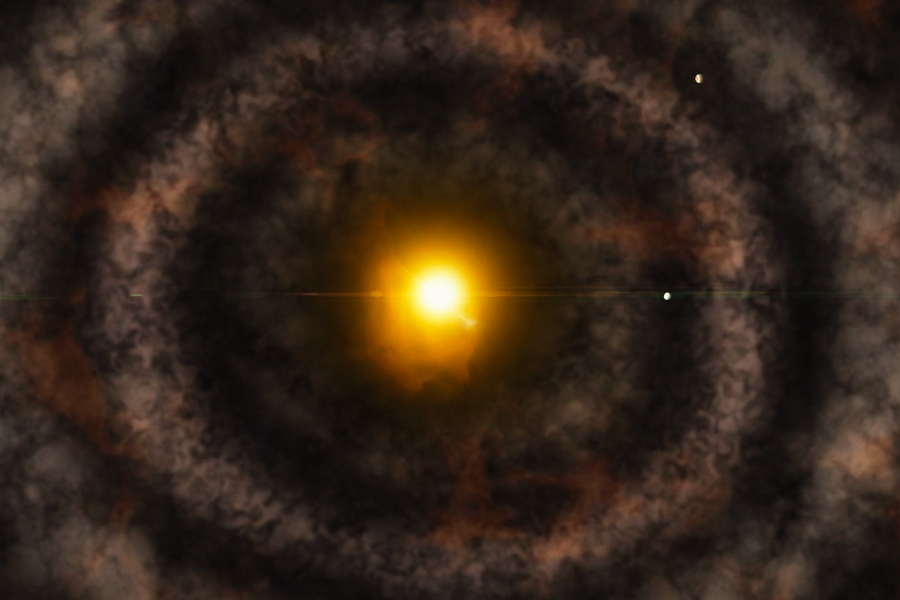
Credits:Credit: National Science Foundation, A. Khan
The cosmic boundary, perhaps caused by a young Jupiter or a wind from the solar system emerging, likely shaped the composition of infant planets. In the early solar system, a “protoplanetary disk” of dust and gas rotated around the sun and eventually coalesced into the planets we know today.
A new analysis of ancient meteorites by scientists at MIT and elsewhere suggests that a mysterious gap existed within this disk around 4...
Read More



![An ALMA image of the star HD 163296 and its protoplanetary disk as seen in dust. New observations suggested that two planets, each about the size of Saturn, are in orbit around the star. These planets, which are not yet fully formed, revealed themselves in the dual imprint they left in both the dust and the gas portions of the star’s protoplanetary disk. (Credit: ALMA [ESO/NAOJ/NRAO]/Andrea Isella/B. Saxton [NRAO/AUI/NSF]) - See more at: http://news.rice.edu/2016/12/12/rings-around-young-star-suggest-planet-formation-in-progress/#sthash.pbHZ2cMD.dpuf](https://news.rice.edu/files/2016/12/1212_RINGS-2-web-t3zwz2.jpg)


Recent Comments